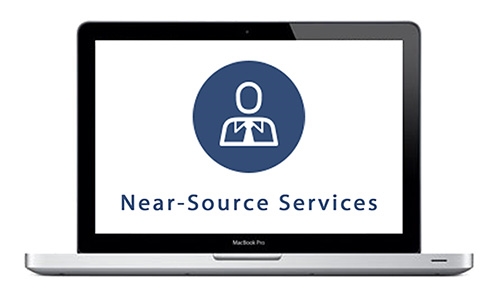
Before we jump into our tips for data collection, we have to address the elephant in the room: customer privacy. Despite all the recent regulatory frameworks for protecting people’s private information, there are still a number of opportunities for you to collect data without running afoul of the law. However, honesty is the best business policy. Never ask for a customer’s personal information unless you are absolutely sure that they are aware of the exchange.
With that out of the way, let’s get to it!
1. Collect identifiers
Whether you’re creating an online survey or a signup form, collecting identifying information (i.e. names, date of birth, age, gender, address, etc.) is crucial. This information will form the foundation for future analysis and segmentation.
2. Track customer interactions
Next is to define important customer interactions. For example, if you own an online store, you need to know how your customers arrived at your site, the items they clicked on, items they added to their cart, and what they eventually purchased. Tracking each step of their journey — from learning about your business to becoming a customer — will give you insights into what your customers need and want.
3. Gather behavior-related data
Don't focus solely on customers who made a purchase. Think about what other indicators produce meaningful data. In our online store example, you might want to track how many receive your email newsletter, how many pages they visited on your site, or how much time they spent on each page. Analyzing this information will help you determine which aspects of your efforts are most effective.
4. Automate data collection
When gathering customer data, you must minimize the risk of human error. The most effective strategy is to automate as much of the collection process as possible. Apps and tools such as online forms and optical character recognition systems feed information directly into your database and eliminate paper-centric processes that often lead to mistakes.
5. Integrate your systems
Redundancies and errors are also common when there are multiple databases managing the same information. You can prevent these issues by working with an IT provider to integrate all your apps, databases, and software solutions. This way, data collected in one database will be synced and consistent across other platforms, reducing manual data entry.
6. Consider who will view the reports
Inevitably, you’ll need to turn data into business intelligence reports. It’s a good idea to identify who will read your reports and highlight the most relevant insights. For instance, sales managers want to see quarterly sales figures, and human resources teams want to see labor costs compared to revenue. Using the right tools to generate these reports will save your team several hours of work.
7. Update data in real-time
It’s difficult to imagine any company in operation today that doesn’t need up-to-the-minute data accuracy. Business intelligence dashboards collect, organize, and filter data at the click of a button. This way, you’ll never have to wait a day or more to receive information that’s critical for a company decision.
Looking for technologies that can help you optimize data collection? Call our IT consultants today. We’ll recommend best-of-breed technologies that track the information you need to grow your business.


You must be logged in to post a comment.